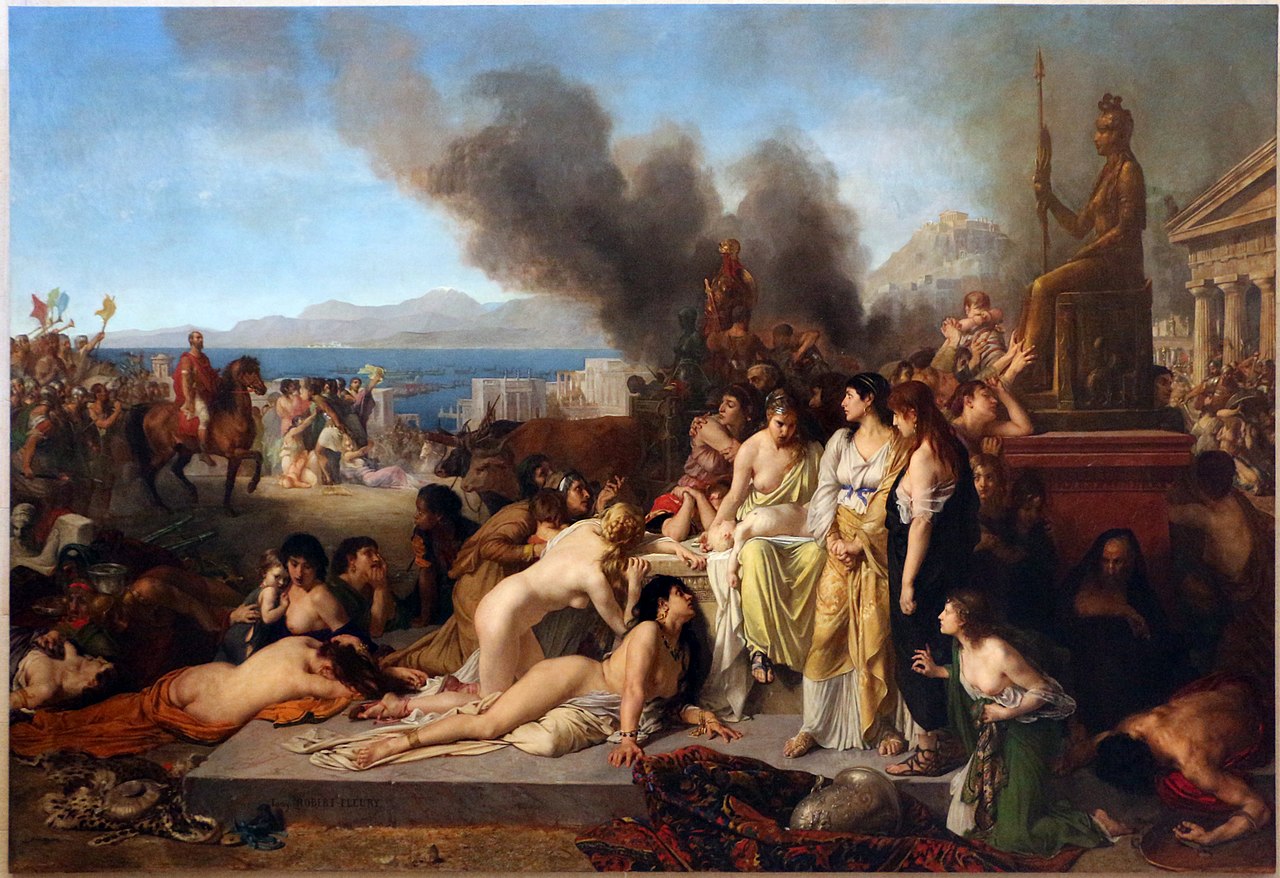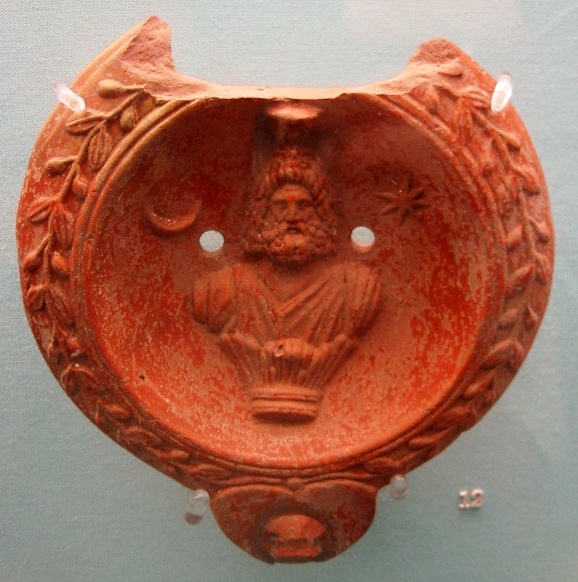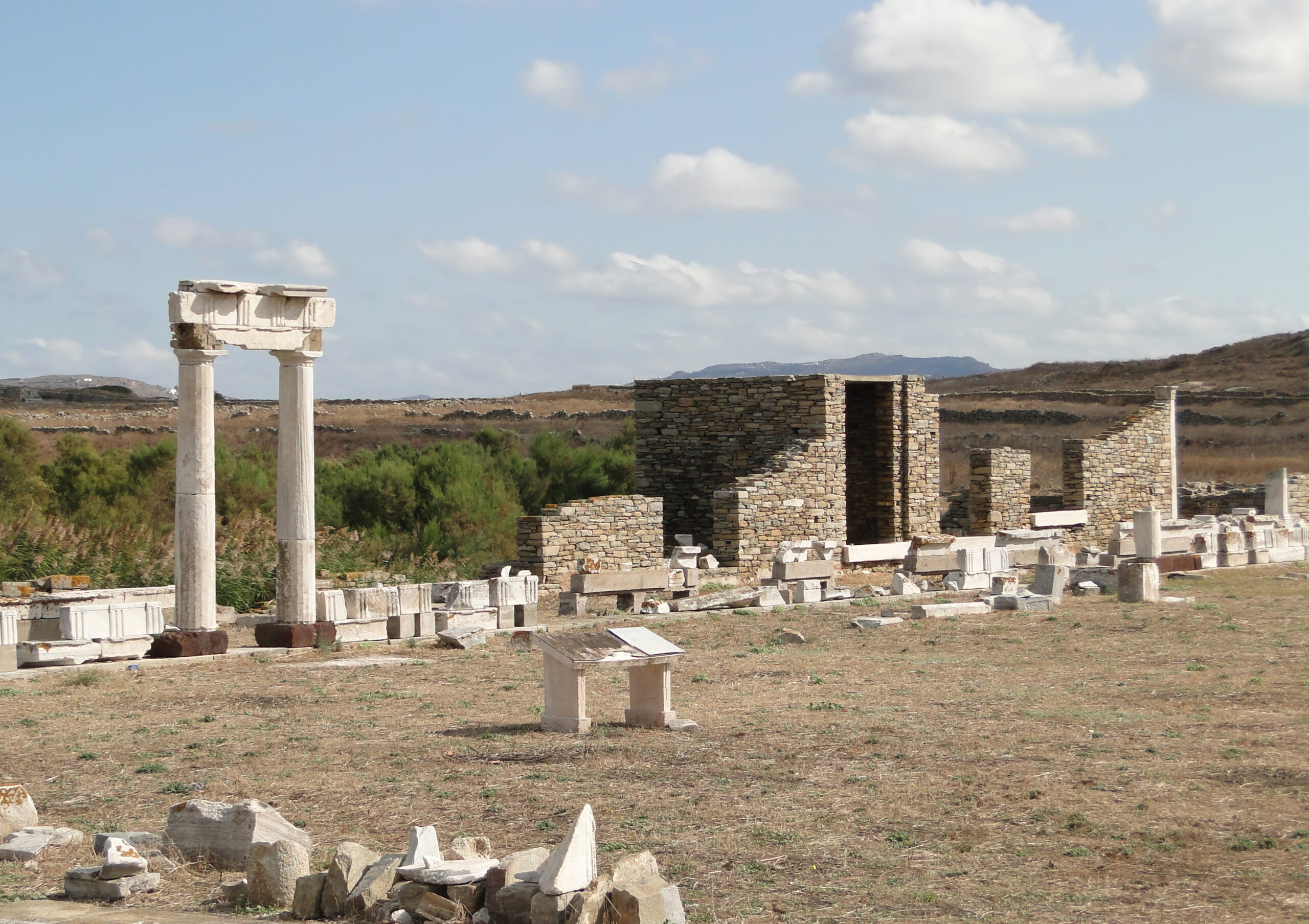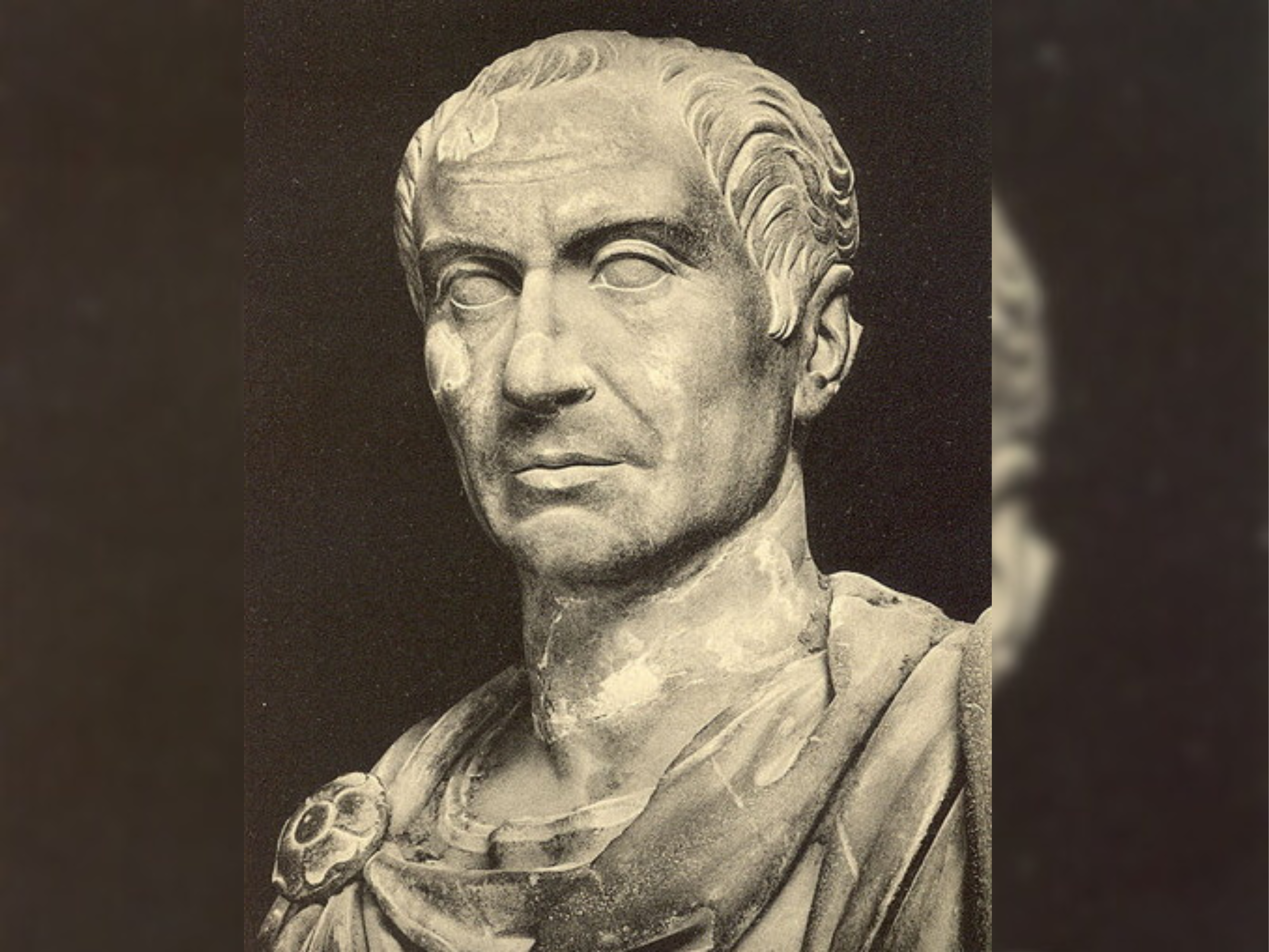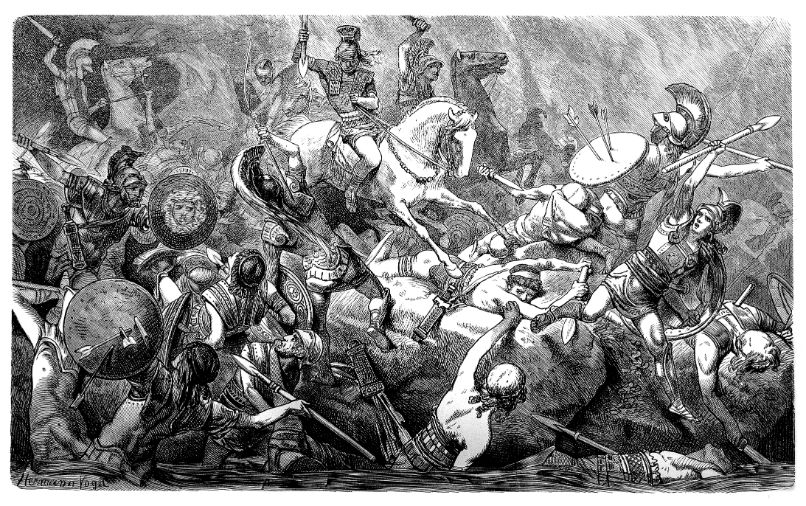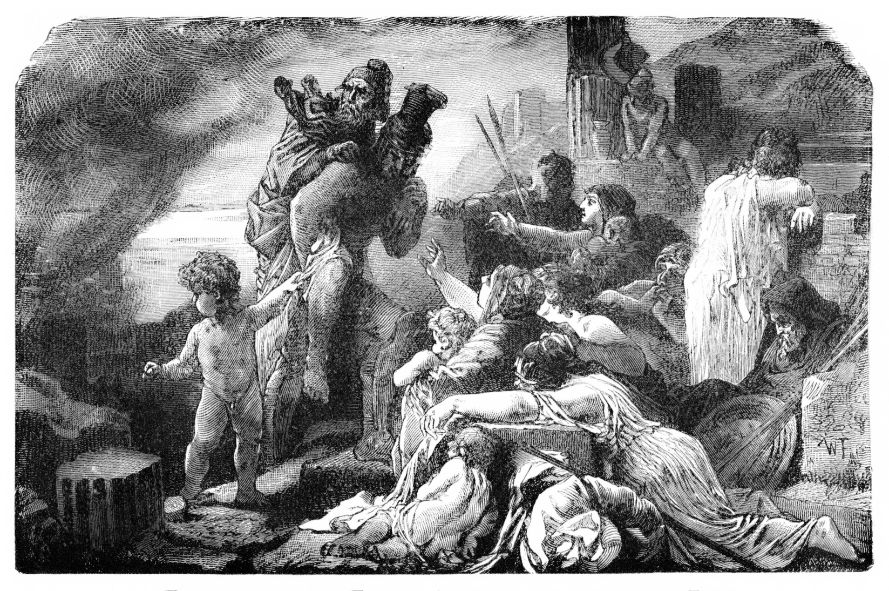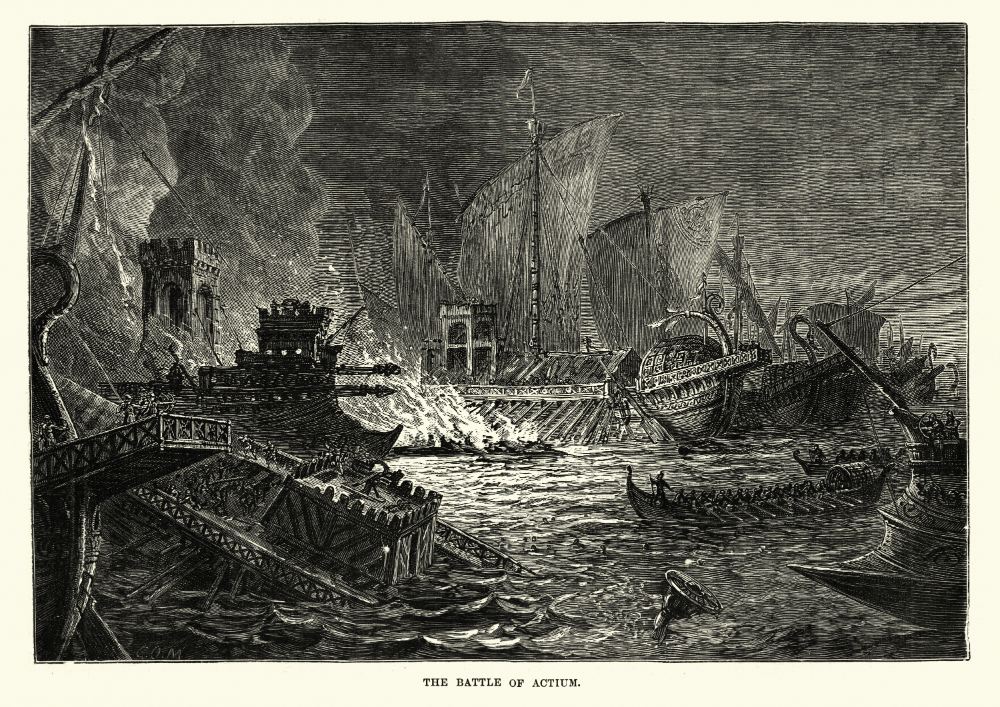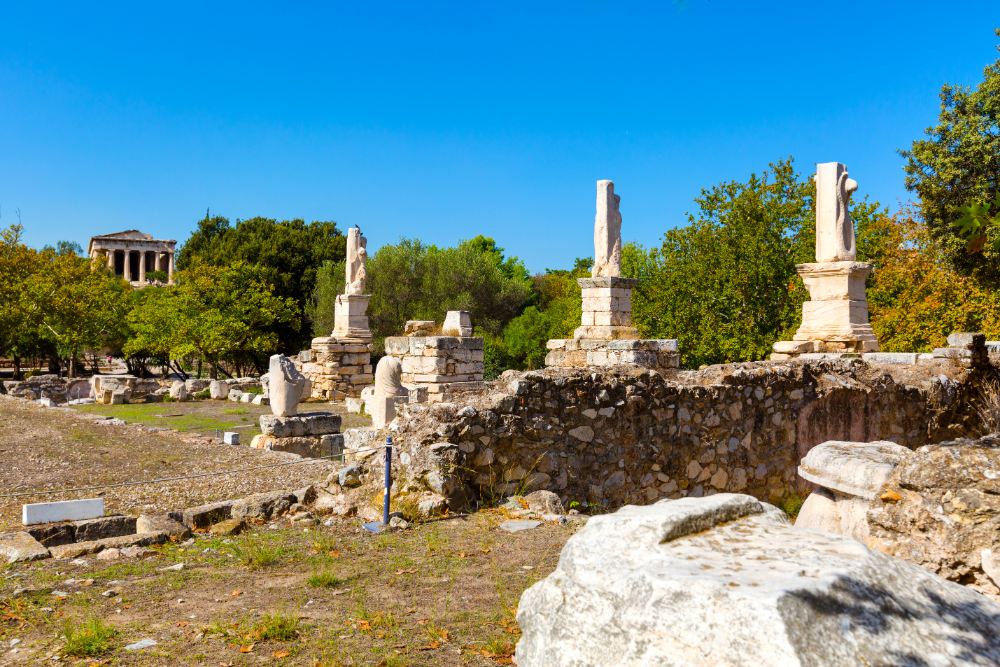The end of an Eraand the Rise of Roman Power
The destruction of Corinth in 146 BC marked a watershed moment in Greek history, signifying the definitive end of Greek political autonomy and the rise of Roman authority in the region. Once celebrated for its wealth, strategic location, and cultural significance, Corinth was a vital hub for trade, art, and diplomacy. Tensions had been escalating between the Roman Republic and the Achaean League, a coalition of Greek city-states striving to unite against external dangers, particularly Roman expansion. This conflict reached its climax in the Roman-Achaean War, wherein General Lucius Mummius led Roman forces against the Achaeans.
After a series of fierce battles, Mummius laid siege to Corinth, and despite the city’s resolute defense, the Romans captured it in 146 BC. In a stark demonstration of power, Mummius ordered the city to be sacked and annihilated, resulting in widespread devastation as Roman troops set buildings ablaze, plundered treasures, and either enslaved or killed the inhabitants. This act served not merely as retribution but as a dire warning to other Greek city-states that defiance against Rome would not be tolerated. Following Corinth’s fall, the Romans reorganized Greece into the province of Achaea, effectively extinguishing centuries of independent city-state governance.
Nevertheless, Corinth’s cultural legacy persisted, profoundly influencing Roman thought and art, and its ruins became a site of enduring historical significance. Ultimately, the fall of Corinth encapsulated the complex transition from Greek independence to Roman dominance, illuminating the intricate dynamics of empire and cultural exchange.


